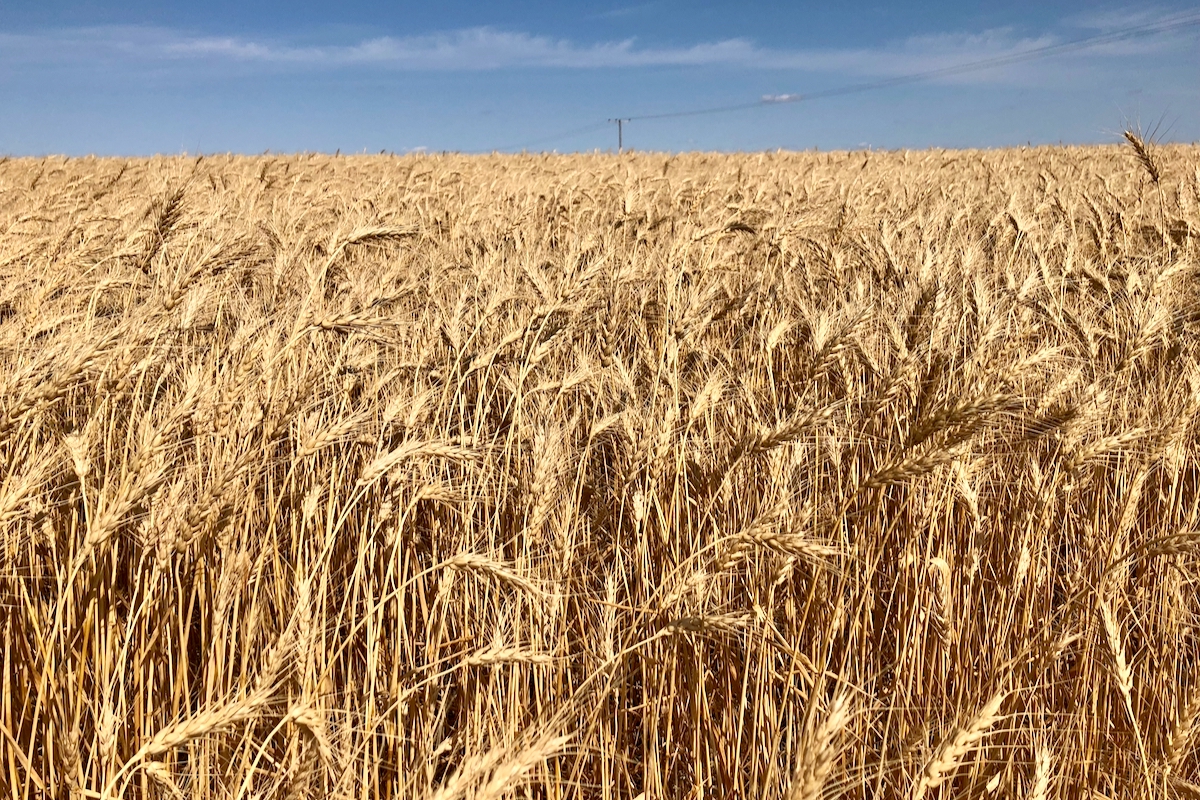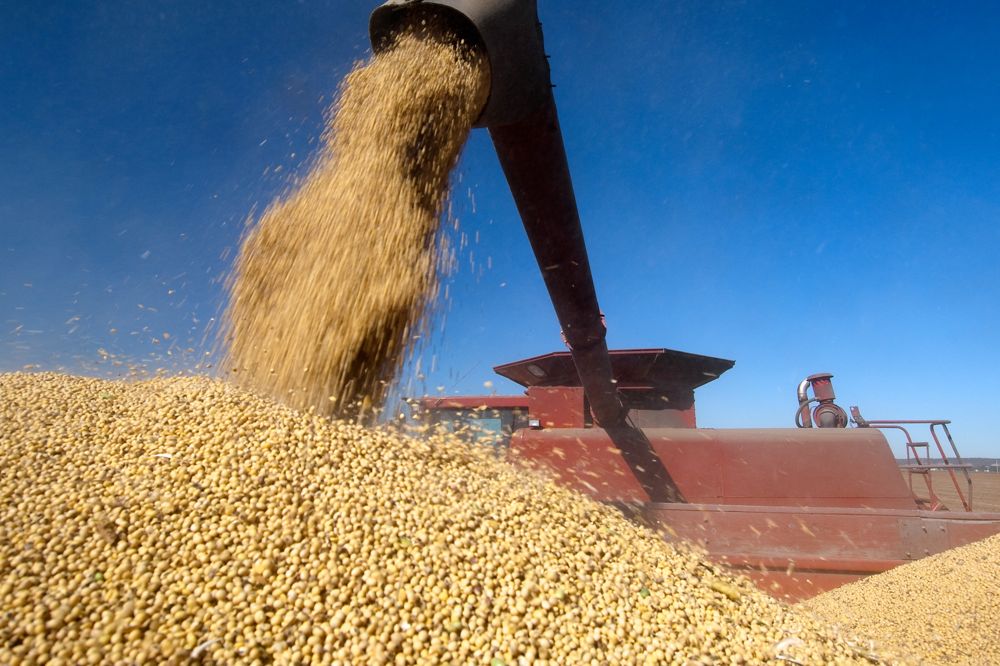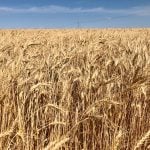Chicago | Reuters — U.S. soybean futures hit a four-month high Tuesday on worries about stressful crop weather in the Midwest and as traders squared positions one day ahead of monthly reports from the U.S. Department of Agriculture.
Corn futures ended fractionally lower on profit-taking after a one-year high, while wheat ended higher after a seesaw trade.
Chicago Board of Trade August soybeans settled up 4-1/2 cents at $10.29-1/4 per bushel after reaching $10.32-1/2, the contract’s highest since March 9 (all figures US$).
Read Also

Prairie spring wheat bids mixed
Spring wheat bids in Western Canada were mixed during the week ended Oct. 21, with losses in hard red spring wheat and gains in other classes.
CBOT September corn ended down 1/4 cent at $4.01-3/4 a bushel after hitting its highest since June 2016. September wheat finished up three cents at $5.53 a bushel.
Forecasts for dry conditions in the Midwest next week and hot weather later this month supported soybeans and underpinned corn.
“There is no doubt we are finding support from next week being a dry week. That’s underpinning everything,” said Dan Cekander of DC Analysis.
USDA late Monday rated 62 per cent of the U.S. soybean crop in good to excellent condition, down from 64 per cent the previous week and below an average of analyst expectations.
Corn ratings fell even more, with USDA rating 65 per cent of the crop as good to excellent, down from 68 per cent a week earlier.
Corn and soybeans were pressured in early moves as unexpected rains crossed parts of Iowa and Illinois, the top U.S. corn states, early Tuesday. The showers brought welcome moisture at a time when corn has begun pollinating, the key phase for determining yields.
But both markets pared losses as the session wore on, supported by fears of hot and drier conditions in the coming weeks if a drought in the northern Plains expands.
Traders were also adjusting positions ahead of USDA’s July supply/demand reports on Wednesday. Analysts surveyed by Reuters expect the government to lower its forecasts of U.S. soybean ending stocks for the 2016-17 and 2017-18 marketing years, and cut its estimate of U.S. 2017-18 total wheat production.
“There should however be sizable downward revisions to wheat production due to acreage and yield losses in the U.S. while also some other key exporting regions have had poor weather including west Europe, Ukraine and Australia,” said Stefan Vogel, head of agricultural commodity markets research at Rabobank.
— Julie Ingwersen is a commodities correspondent for Reuters in Chicago. Additional reporting for Reuters by Michael Hogan in Hamburg and Colin Packham in Sydney.















